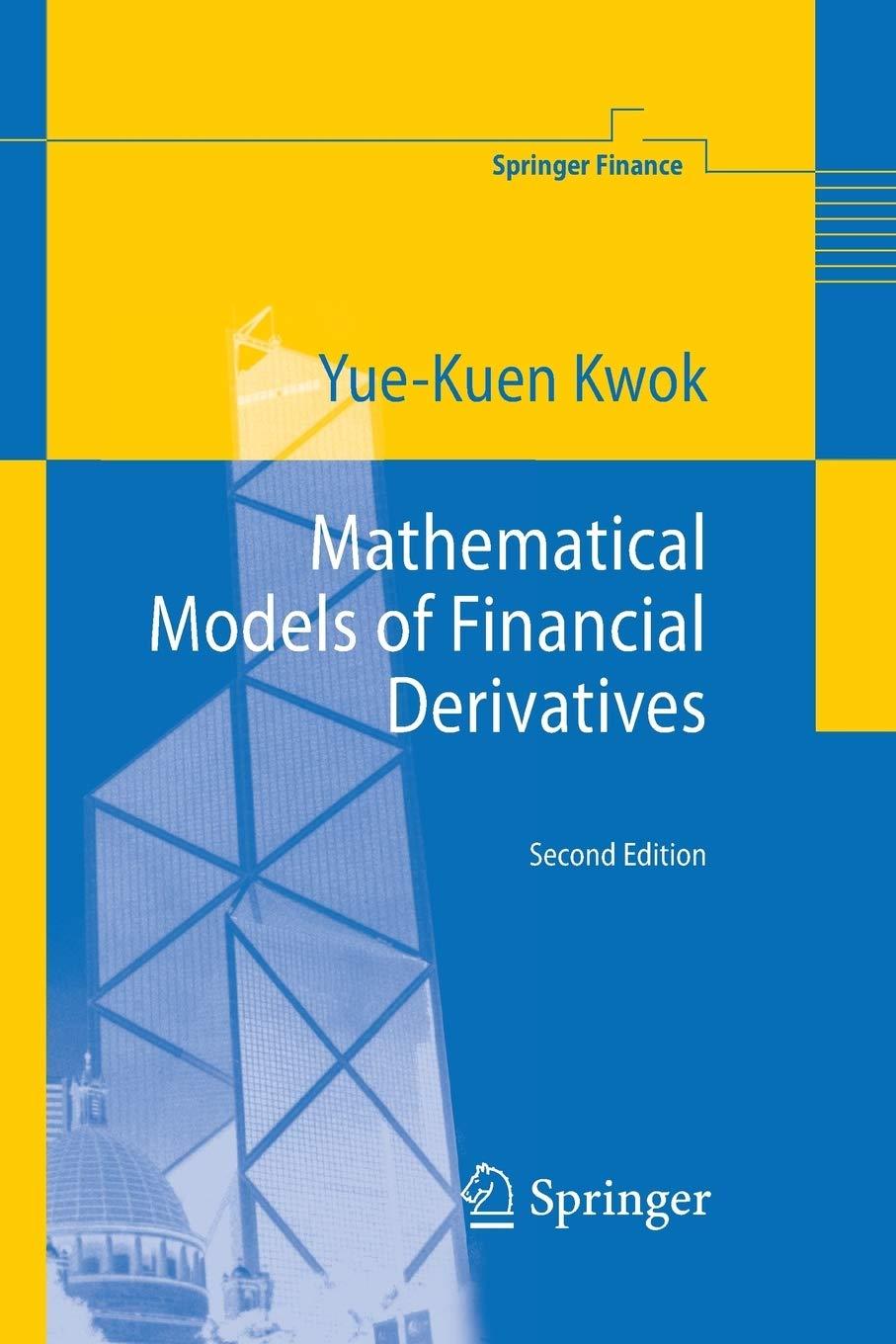Consider the Bermudan option pricing problem, where the Bermudan option has d exercise opportunities at times t
Question:
Consider the Bermudan option pricing problem, where the Bermudan option has d exercise opportunities at times t1 2 d = T , with t1 ≥ 0. Here, the issue date and maturity date of the Bermudan option are taken to be 0 and T , respectively. Let Mt denote the value at time t of $1 invested in the riskless money market account at time 0. Let ht denote the payoff from exercise at time t and τ∗ be a stopping time taking values in {t1,t2, ··· ,td}. The value of the Bermudan option at time 0 is given by
![[+] Vo = sup Eo T*](https://dsd5zvtm8ll6.cloudfront.net/images/question_images/1700/5/7/2/807655cae87894a31700572804373.jpg) Consider the quantity defined by (Andersen and Broadie, 2004)
Consider the quantity defined by (Andersen and Broadie, 2004)
![Qti = max ht, Eti Mti Qti+l Mt ti+1 (+1]). i = 1, 2,..., d - 1,](https://dsd5zvtm8ll6.cloudfront.net/images/question_images/1700/5/7/2/835655caea3abade1700572832787.jpg)
explain why Qti gives the value of a Bermudan option that is newly issued at time ti. Is it the same as the value at ti of a Bermudan option issued at time 0? If not, explain why?
Step by Step Answer:






